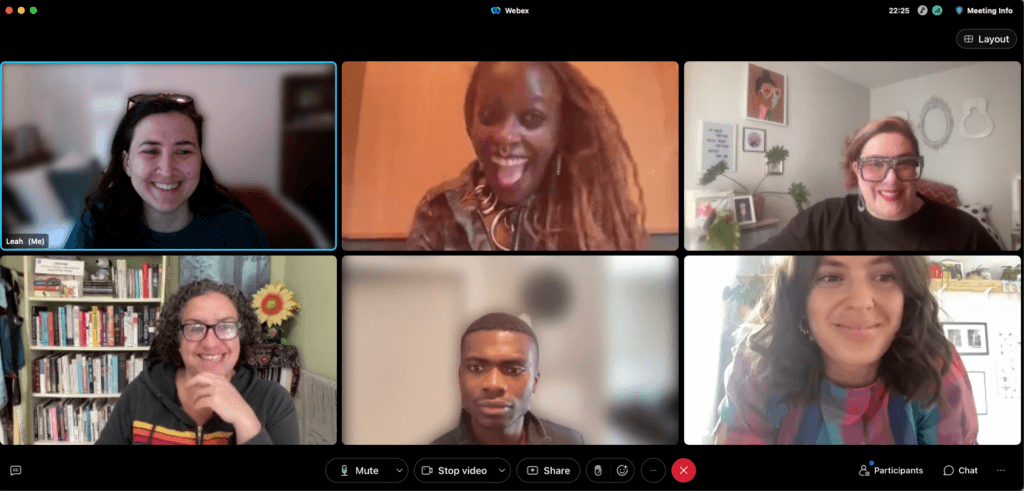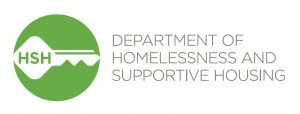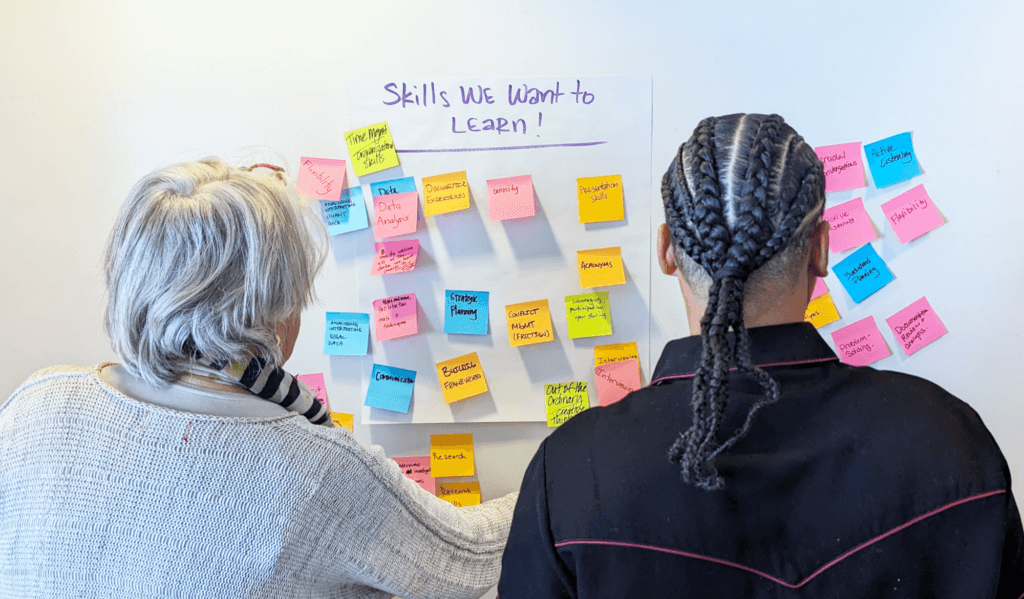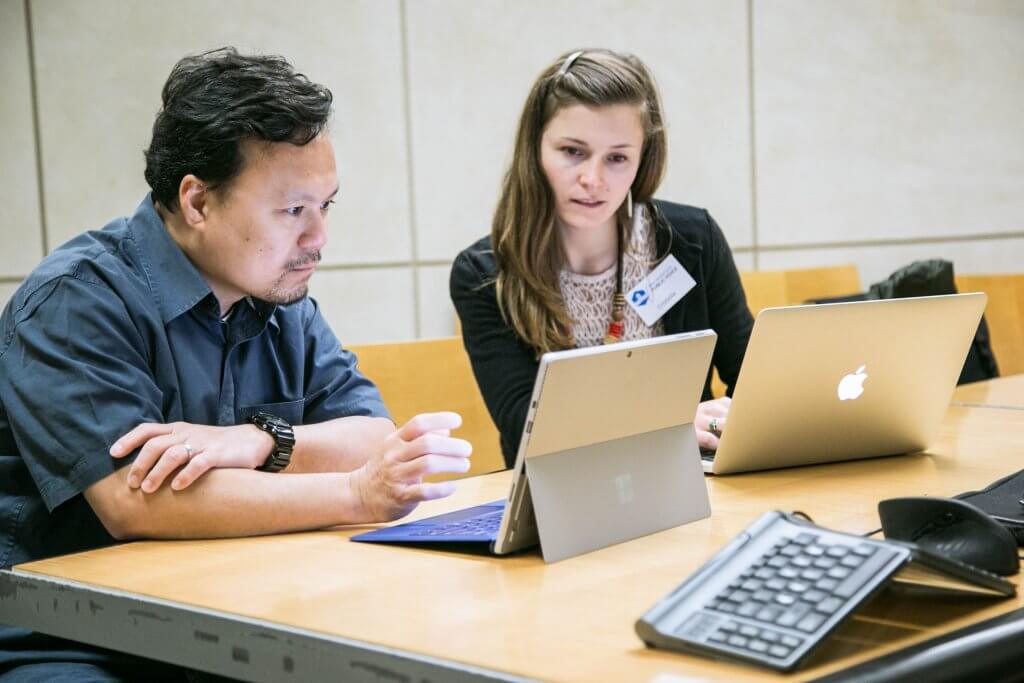Case Study
JFF Workforce Communities of Action

Through this participatory research project, we collaborated with San Francisco agencies and community service providers across four systems of care (housing, workforce, social services and public health) to identify strategies to better connect people experiencing homelessness with employment services.
“This has been a tremendous effort and exceeds expectations of what I expected we’d be able to accomplish through your involvement in this planning grant. This may change the game when it comes to connecting our unhoused to workforce services that can set them on a path to stability.“
Noelle Simmons Chief Deputy Director, San Francisco Department of Homelessness and Supportive Housing
The Workforce Transformation Corps The CivicMakers Team is honored to support the ambitious Workforce Transformation Strategy of Jobs For the…



